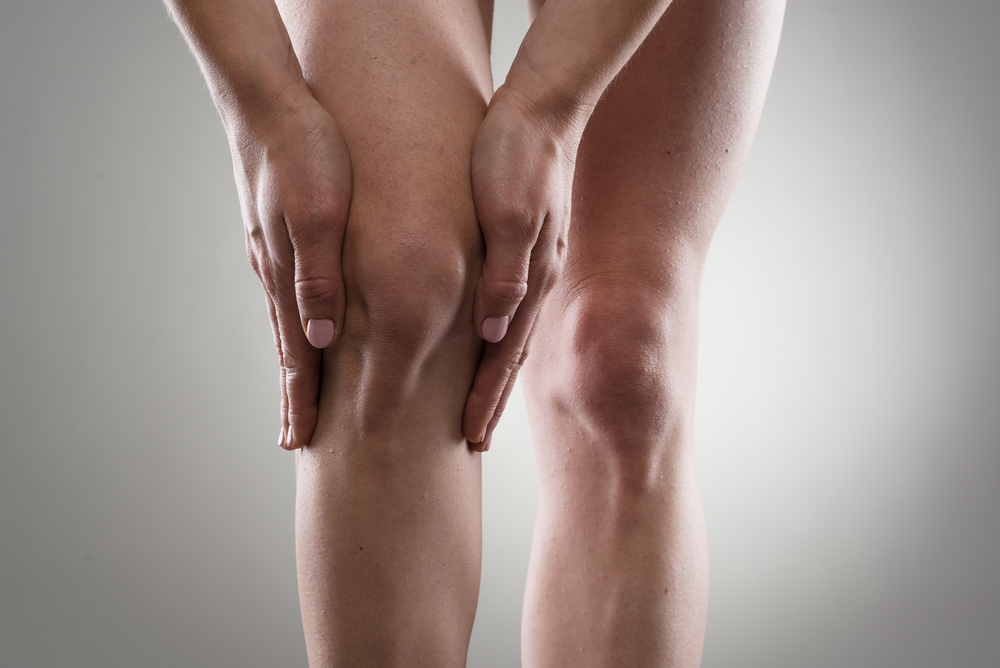Osteoarthritis, a degenerative joint disease, manifests in the breakdown of joint cartilage and underlying bone, often causing pain and stiffness. As it affects millions worldwide, a common concern emerges: ‘What is the best exercise for managing osteoarthritis?’ While there’s no one-size-fits-all answer, understanding the disease’s nature and how exercise influences joint health can lead to a personalized, effective fitness regimen.
Understanding Osteoarthritis and Exercise: Osteoarthritis (OA) primarily strikes the hands, knees, hips, and spine, presenting symptoms like joint stiffness, tenderness, and inflammation. While it might seem intuitive to minimize joint use, research suggests that regular, gentle exercise can actually alleviate osteoarthritis symptoms.
Exercise benefits for OA patients include:
- Strengthening the muscles around the joints
- Enhancing joint flexibility and range of motion
- Reducing joint pain and stiffness
- Improving balance
- Assisting in weight control/loss (reducing stress on the joints)
The Best Exercises for Osteoarthritis:
- Water Aerobics and Swimming: Aquatic exercises are often considered ideal for people with OA. The water supports body weight, lessening stress on the joints, while providing resistance to strengthen muscles. Activities like water aerobics, swimming, or even walking in a pool can enhance cardiovascular health without aggravating joint pain.
- Walking: Often overlooked, walking is a low-impact activity that OA patients can easily incorporate into their daily routine. It promotes cardiovascular health, weight loss, and flexibility with minimal risk of injury. High-quality, cushioned footwear and walking on flat, smooth surfaces will help protect sensitive joints.
- Tai Chi and Yoga: These ancient practices emphasize slow, controlled movements, and deep breathing, improving flexibility, balance, and muscle strength. The low-impact poses and stretches are beneficial for joint health, and the meditative aspects can help manage the pain and mental health challenges associated with chronic conditions like OA.
- Cycling and Recumbent Biking: Stationary or traditional cycling and particularly recumbent biking, where you sit back with your legs in front, are excellent for building muscle strength without putting pressure on hip and knee joints. These activities enhance blood flow and range of motion while minimizing joint strain.
- Strength Training: Contrary to popular belief, strength training, when done correctly, is not detrimental to individuals with osteoarthritis. It fortifies the muscles supporting the joints, enhances bone density, and can help reduce pain. Using light weights and high repetitions can prevent muscle fatigue and protect joint integrity.
- Pilates: Pilates provides a gentle way to build joint flexibility and muscular strength. It emphasizes the body’s core strength, improving overall balance and stability, crucial for individuals with osteoarthritis, especially in the hips and spine.
Customizing Your Exercise Plan: Before starting any exercise program, it is imperative to consult with a healthcare professional, preferably one experienced with osteoarthritis. They can assess your condition and recommend exercises suited to your individual needs, ensuring you reap the benefits without unnecessary risk. Listening to your body is crucial; any increase in pain post-exercise should be a signal to ease up and reassess.
It’s also beneficial to work with physical therapists or professional trainers familiar with OA’s intricacies. They can provide personalized exercise plans, teach proper techniques, and offer modifications, ensuring a safe, effective workout regimen.
Conclusion: Osteoarthritis need not spell the end of an active lifestyle. While there is no universal ‘best’ exercise for everyone, a well-rounded routine comprising aerobic, strengthening, and flexibility exercises can significantly improve life quality for people with OA. By embracing a proactive, personalized approach to exercise, individuals with osteoarthritis can manage symptoms, enhance mobility, and continue to engage in the activities they love.
